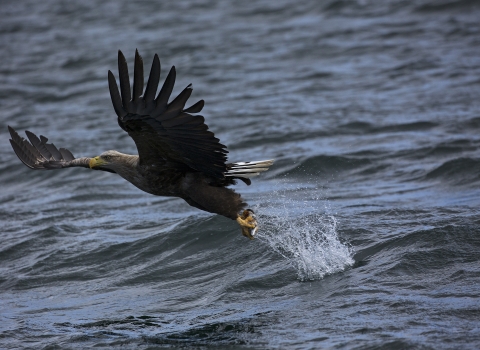Summary
Hampshire & Isle of Wight Wildlife Trust wants to see a wilder Isle of Wight, where nature can recover, wildlife can thrive and people can benefit from a closer connection with the natural world.
We support the ambition of the Island being able to support species like the white-tailed sea eagle and we recognise the real benefits that such an iconic bird could bring to local communities. Our priority is to secure nature’s recovery and ensure that the Island can sustain a healthy ecosystem with a wide diversity of wildlife. We would, therefore emphasise the importance of a comprehensive feasibility study that fully assesses the benefits and risks of the proposed reintroduction.
This feasibility study should look in detail at the current state of the natural environment and wildlife populations on the island. It should explore the potential impacts of introducing a top predator to the existing ecosystem.
Any proposed reintroduction programme should look to bring benefits for wildlife as a whole and therefore must incorporate stepped action to restore and improve habitats and species populations, address existing pressures and put in place measures to achieve a sustainable and healthy environment for these birds and for the rest of the wildlife of the island.

